Rising Demand for Smart Homes
The Smart Temperature Management Market is experiencing a notable surge in demand due to the increasing popularity of smart home technologies. Homeowners are increasingly seeking integrated solutions that enhance comfort and convenience. According to recent data, the smart home market is projected to reach a valuation of over 150 billion dollars by 2025, with temperature management systems playing a crucial role. This trend is driven by consumer preferences for automation and remote control capabilities, allowing users to manage their home environments efficiently. As more households adopt smart devices, the need for advanced temperature management solutions is likely to grow, positioning the Smart Temperature Management Market for substantial expansion.
Expansion of the Commercial Sector
The expansion of the commercial sector is a key driver for the Smart Temperature Management Market. As businesses grow, the need for efficient temperature management systems becomes more pronounced, particularly in sectors such as retail, hospitality, and healthcare. These industries require precise temperature control to ensure product quality, customer comfort, and regulatory compliance. Market analysis suggests that the commercial segment is expected to account for a substantial share of the overall market, driven by investments in smart building technologies. Consequently, the Smart Temperature Management Market is well-positioned to benefit from this trend, as businesses increasingly adopt smart solutions to enhance operational efficiency.
Increased Awareness of Climate Change
Growing awareness of climate change and its impacts is driving the Smart Temperature Management Market. Consumers and businesses are becoming more conscious of their carbon footprints and are actively seeking solutions that contribute to sustainability. This shift in mindset is leading to a higher demand for smart temperature management systems that optimize energy use and reduce waste. Market data indicates that eco-friendly products are increasingly preferred, with a significant portion of consumers willing to pay a premium for sustainable options. As environmental concerns continue to rise, the Smart Temperature Management Market is likely to see accelerated growth as it aligns with these values.
Technological Advancements in Sensors
Technological advancements in sensor technologies are significantly influencing the Smart Temperature Management Market. The development of more accurate, reliable, and cost-effective sensors is enabling smarter temperature control systems. These innovations allow for real-time monitoring and adjustments, enhancing user experience and energy savings. For example, the integration of advanced sensors in HVAC systems can lead to energy savings of up to 30%. As these technologies continue to evolve, they are likely to drive the adoption of smart temperature management solutions across residential and commercial sectors, further propelling the growth of the Smart Temperature Management Market.
Regulatory Support for Energy Efficiency
The Smart Temperature Management Market benefits from a favorable regulatory environment that emphasizes energy efficiency. Governments worldwide are implementing stringent regulations aimed at reducing energy consumption and greenhouse gas emissions. For instance, energy efficiency standards for appliances and HVAC systems are becoming more rigorous, encouraging manufacturers to innovate in temperature management technologies. This regulatory push is expected to drive market growth, as consumers and businesses alike seek compliant solutions that not only meet legal requirements but also reduce operational costs. The Smart Temperature Management Market is thus poised to capitalize on these trends, as energy-efficient products gain traction in various sectors.
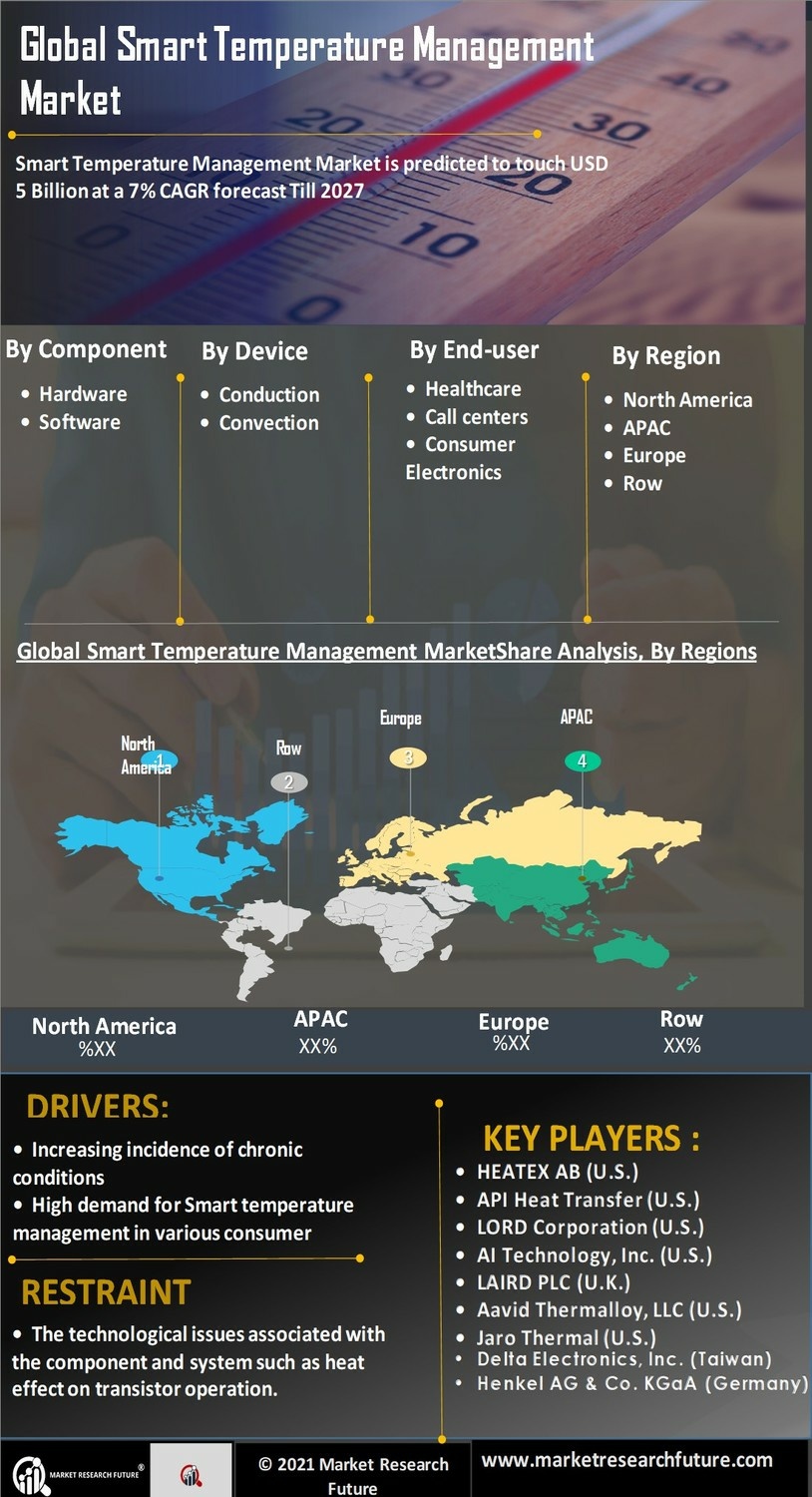
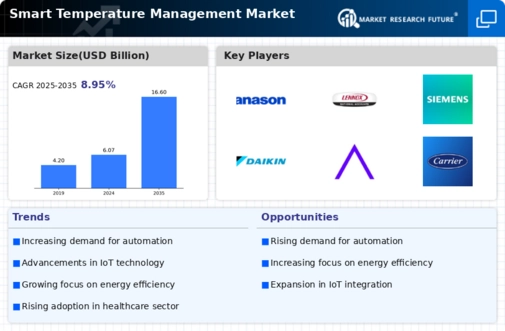
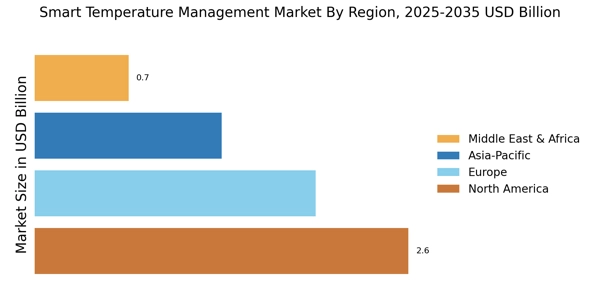
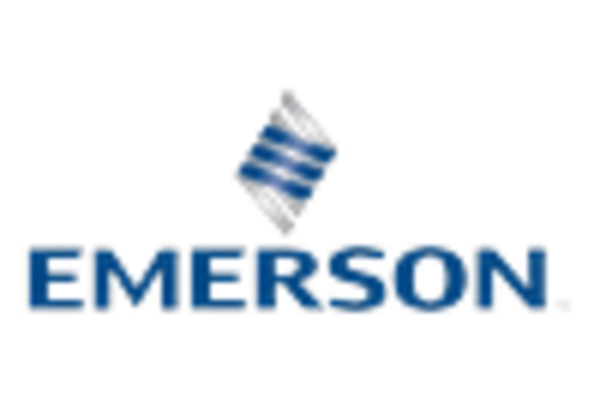




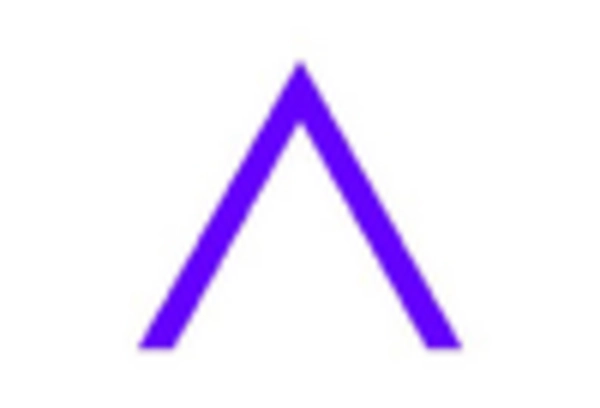








Leave a Comment